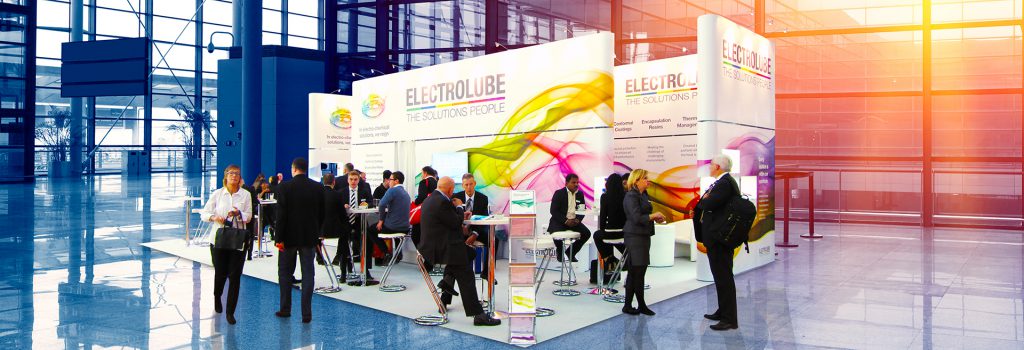In early 2016, the Health and Safety Executive confirmed its decision to enforce the 2015 Construction Design and Management Regulations (CDM) in the context of temporary construction at exhibitions and events in addition to traditional construction site activity. Consequently, “space only” exhibition stands, commissioned by exhibitors, must now comply with this additional piece of health and safety legislation and, as an exhibitor, you have an additional statutory responsibility over the project.
What CDM means
The CDM legislation effectively does two things – it lays out a number of statutory roles required to manage a piece of construction – in this case, your exhibition stand – and it emphasises a number of typical construction related hazards that should be managed.
- The statutory roles include you as a “Client” and describe a number of processes that you are directly responsible for, including the written appointment of competent contractors (unless you are willing to fulfil the technical roles yourself and accept the responsibilities).
- The technical roles include “Principal Designer” and “Principal Contractor”, each having prescriptive duties linked to the management of health and safety during the planning and on-site phases of the construction project respectively. Some of these responsibilities include the drawing up of specific legally required documents, providing safety briefings to on-site personnel and the management of subcontractors.
Essentially, CDM means that exhibitors now have a more specific role to play in the management of their exhibition stand builds and breakdowns and more than ever need to be assured that their assigned contractors are competent and reliable.
Case law has shown that in extreme cases “Clients” under CDM (so, yourself as the exhibitor) have faced prosecution, substantial fines and even the potential for imprisonment where there has been an accident on-site and they have failed to assign Principal roles to a competent contractor, therefore retaining all CDM responsibilities themselves by default.
Industry Response
Response to CDM in the exhibition industry has been mixed. Some contractor businesses have taken it very seriously and have equipped themselves with robust processes to protect themselves and their exhibitor clients. Some have continued as before with processes little changed and may present a higher risk to exhibitors.
Benefits of choosing Quadrant2Design and the Prestige System
Quadrant2Design is among one of those contractors that took CDM seriously from the outset, with regard to the exhibition stands they create in their modular stand building solution – The Prestige Events System.
At the time of writing, I have worked with the business for 18 months and have helped it to produce a robust response to CDM and to develop its existing safety processes to the point of achieving the coveted CHAS accreditation.
CHAS is a UK recognised safety scheme for contractors whereby safety processes, documentation and records are scrutinised by qualified third party assessors against a national benchmark – it is a detailed process and goes way beyond the rudimentary checks that some trade associations may undertake.
Quadrant2Design is now able to advise its exhibitor clients of their specific duties under CDM and walk them through these, and it is extremely competent at managing its own responsibilities as laid out in the HSE’s sector specific guidance.
In addition to this, the inherent ease with which the Prestige Events System is put together – its light-weight components and the almost tool-free assembly – reassures many of Quadrant2Design’s clients of the reduced health and safety risks relating to the CDM construction project.
So, for example, even large and complex custom-designed exhibition stands, built with the Prestige Events System, require no power tools (no drilling, sawing or cutting) And no dust, fumes or potentially hazardous processes are involved – making builds essentially ‘clean-process’.
Additionally, Prestige stands are light and compact for transport, requiring smaller vehicles and no, potentially hazardous, forklift movements within the exhibition hall.
Even tall Prestige structures are light in weight yet stable (when built correctly) and therefore represent significantly less risk than some of the heavier structures you see within exhibition halls.



